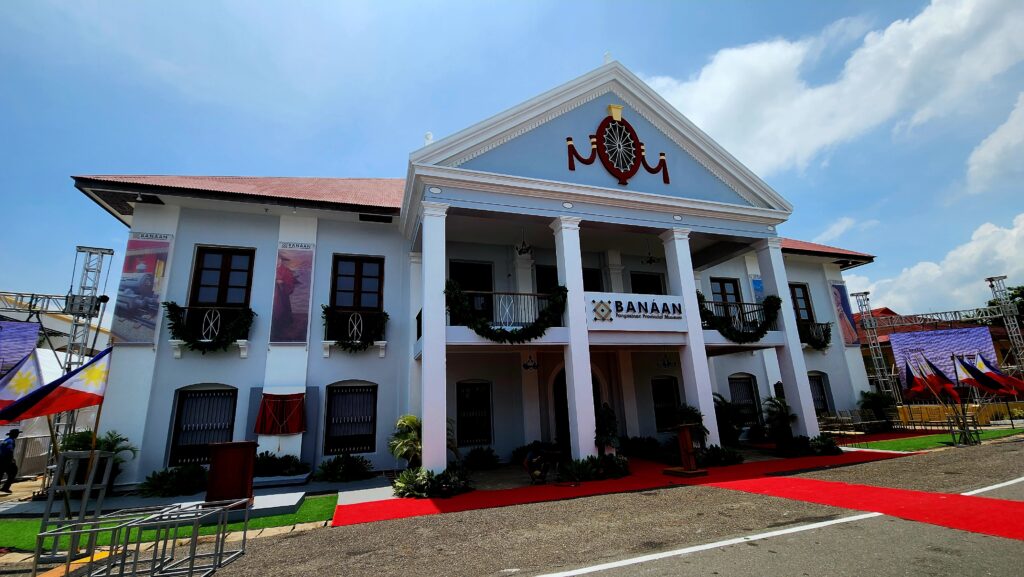At the town proper of Lingayen, the capital of Pangasinan in northwestern Luzon, the province’s officials, cultural figures, journalists and guests from Metro Manila converged to witness a program of speeches, folk dances and live rondalla music for the inauguration of Pangasinan’s first provincial museum.
Banáan Pangasinan Provincial Museum was formally opened on 8 September, a rare occasion that was aptly considered momentous and a cause for celebration. Museums are not considered priority endeavors by local governments in the Philippines, especially outside Metro Manila.
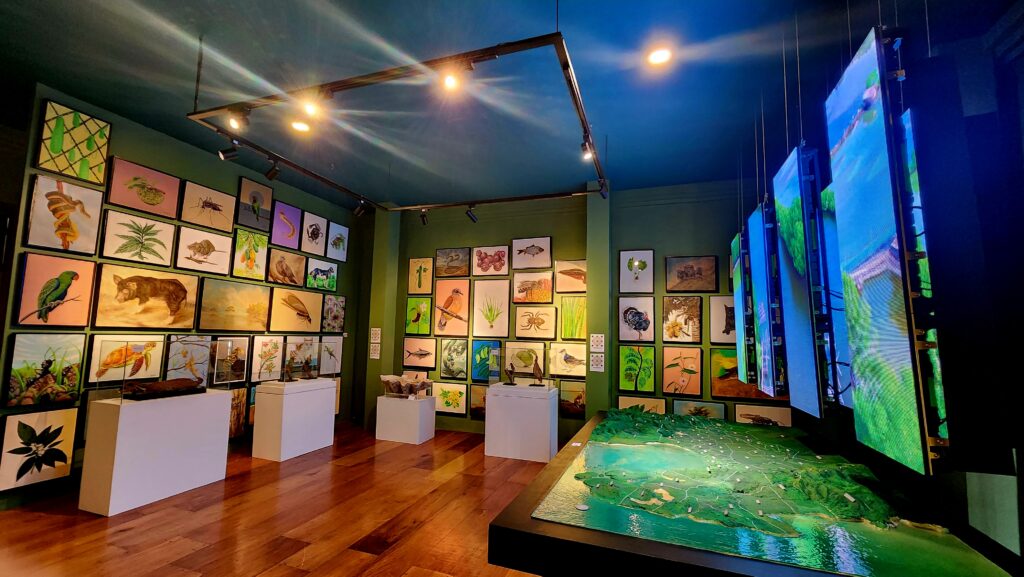
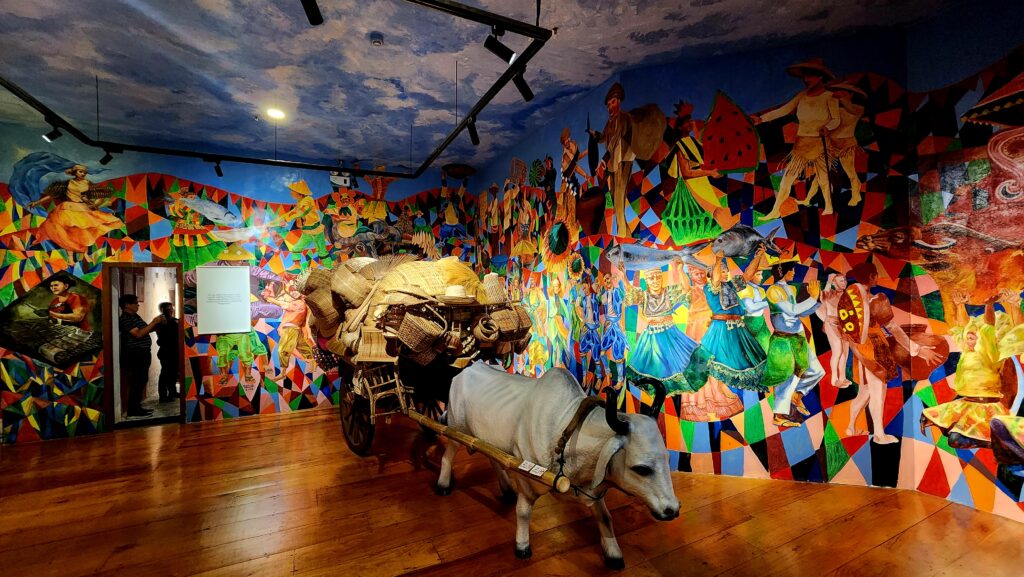
Very few provinces maintain its own museum, most of which were opened recently. Museo Iloilo is the first government-sponsored museum in the country outside of Metro Manila, opened in 1971 in Iloilo City.
Other provincial museums include Museo Ilocos Norte in Laoag, opened on 12 November 1999 and managed by Gameng Foundation; Museo Antiqueño in San Jose de Buenavista, Antique, opened 27 April 2007; Museo Sugbo in Cebu City, Cebu, opened on 5 August 2008; and Oriental Mindoro Heritage Museum in Calapan City, opened on 15 November 2021.
The Negros Museum, opened on 16 March 1996 in Bacolod City, is a privately owned and run but serves as museum of the province of Negros Occidental.
National Museum of the Philippines maintains area museums in Batanes, Sulu, Marinduque and Bohol, serving as showcases of the cultures and heritage of these provinces while some city museums, such as Ang Panublion: The Roxas City Museum in Capiz and Vigan City Museum in Ilocos Sur, fulfill their provinces’ need for museums.


Most museums are housed in heritage structures in adaptive reuse, such as old provincial capitols, a tobacco warehouse (Museo Ilocos Norte) and a provincial jail (Museo Sugbo). For Banáan, the Pangasinan provincial government is using the casa real, literally meaning “royal house.”
The 1,480-square meter, two-story casa real was constructed with stones and bricks during the Spanish colonial era, in the middle of 1800s. It served as seat of government until 1918, when it was transferred to a new building by the shore of Lingayen Gulf, during the American period.
National historical landmark
The casa real was used a school in 1919, and then as seat of the Court of First Instance in 1930. During World War II, it was used as a headquarter of the Japanese forces. It was again used as offices of the judiciary until 1996, when several offices of the municipal government were placed there.
The building was declared a National Historical Landmark in 2002 and was abandoned in 2008, when tropical storm “Halong” (locally called “Cosme”) severely damaged it.
In 2012, plans for its restoration and rehabilitation were proposed, but works only began in 2016, led by the National Historical Commission of the Philippines, in partnership with the Pangasinan provincial government, now with the vision of turning it into a museum. NHCP turned over the restored casa real to the provincial government on 21 June 2021.
The plan for the museum went into full throttle under the administration of the province’s present governor, Ramon “Mon-Mon” V. Guico III, bringing in Dr. Eric B. Zerrudo, a professor at the University of Santo Tomas Graduate School for Cultural Heritage Studies and director of the UST Graduate School Center for Conservation of Cultural Property and the Environment in the Tropics, to conceptualize and curate the museum.
Guico said that realization of the museum during his time was providential “because supposedly my last project in my hometown would be a museum kaya lang inabutan ako ng ating last term, nag-congressman na ako (but I was on my last term and the I ran as congressman)…. Then when I ran, this was one of the first projects and initiatives that the team proposed.
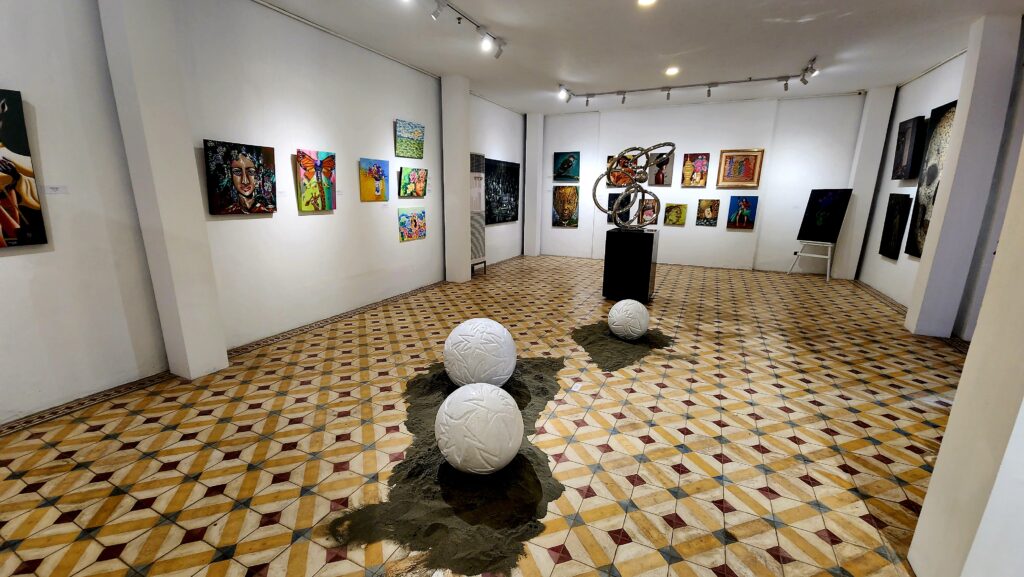

So, right there and then, sabi ko (I asked), ‘Is there a funding and how much so?’ We found the funding. We found the right people who would construct these, conceptualize from scratch. So never did we imagine that it turned out to be like this.”
“Very masaya ako kasi may passion talaga ako sa ganito eh (I am very happy because I have a passion for this kind of things),” the former mayor of Binalonan added. “Sa tingin ko, importante talaga ang kasaysayan (I think history is really important).
Otherwise, we forget who we are and the history will affect and somehow influence our current and future decisions. Diyan natin malalaman kaya mahalaga po ito (This where we realize that this is important).”
The museum was christened Banáan, a Pangasinan word meaning “meeting together.”
“Words would have different interpretations and, for some, it did strike very positively. But for the younger ones, it was not value-laden. For them, it’s a place of encounter.
It’s a place where they meet, and museums are like that. That’s a place for you to discuss things, share ideas, very discursive and hindi lang siya sa culture pati rin sa nature… and positively things come out of this encounter.
So, we’d like to deliver that message. You have a bigger culture within this museum and beyond the museum,” Zerrudo explained.
The word is also apt as the provincial museum brought together researchers, historians, cultural workers and cultural bearers.
As the museum was being put together, several staff members of the Provincial Tourism and Cultural Affairs Office, which would manage the new museum, attended several trainings and seminars on museum management said PTCAO chief Maria Luisa A. Elduayan. The office also trained guides for the museum to assist visitors.
After a couple of years, the new museum was almost finished, costing about P35 million. It was blessed by Father Allan Abuan from the Archdiocese of Lingayen-Dagupan on 25 August, and a eucharistic celebration was held.
On 4 September, a soft launch of the museum was held, together with the unveiling of its online reservation and booking system via the province’s website, seepangasinan.com.
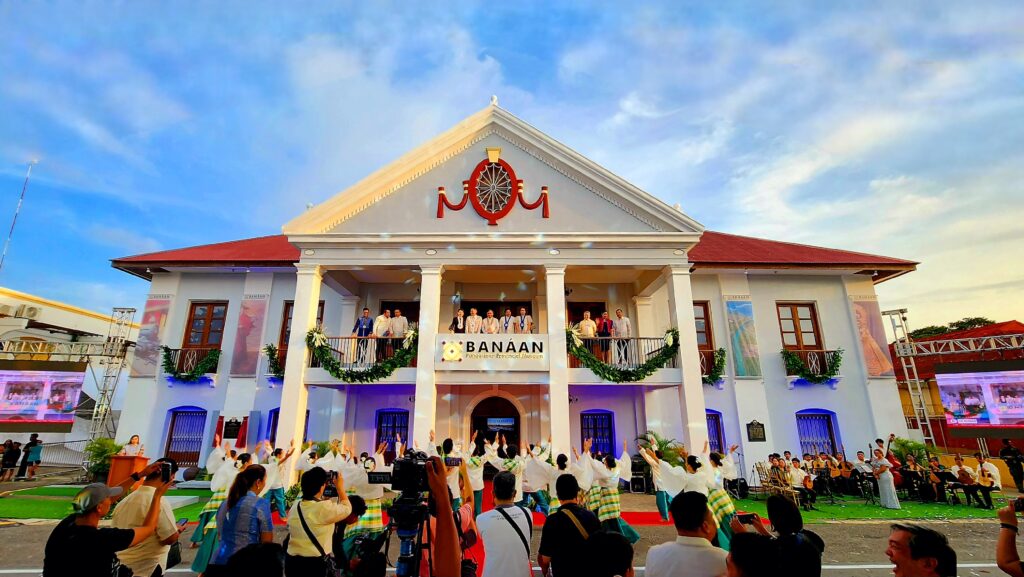

Formal inauguration
Before opening to the public on 11 September, Banáan opened for special guests on its formal inauguration on 8 September including NHCP chairman Emmanuel Franco Calairo and Pangasinan Congressman Christopher “Toff” de Venecia, one of the few legislators who champion culture and the arts, who is trying to establish a museum on National Artists Victorio Edades and Ishmael Bernal, and whose Philippine Creative Industries Act was recently enacted.
Entrance to the museum was made free-of-charge for the month in celebration of Tourism Month and the Philippine Creative Industry Month.
Banáan Pangasinan Provincial Museum, whose logo was inspired by the design of the building’s decorative floor tiles or baldozas mosaicos, usually called Machuca after its most famous manufacturer in the Philippines, showcases the culture, history, heritage, ethnography and contemporary art of the province in its 11 galleries. Zerrudo said that the curation owed much to studies and historical narratives of researchers and historians of the province, particularly Dr. Crisanta “Marot” Nelmida-Flores, a professor at the University of the Philippines.
According to the heritage worker, condensing the amount of knowledge into a small space was a challenge. He employed Dominican priests to write texts of information and made the spaces more visual and interactive, with rooms painted in different eye-catching colors. Quick response codes are also scattered in every gallery for more details about the exhibits.
Zerrudo further said that museum threads the stories of encounters — “encounter of the land and the sea, encounter of the gods, encounter of the skulls, encounter of the Chinese and Filipinos, encounter of Katipunan and the Spaniards, lahat nag-e-encounter (all encountering) per gallery…. So, there’s always that resonating thought but this is really a lot of encounters and that’s a cause for celebration. It’s not a form of division. That is creating new spaces.”
The entrance leads to Gallery 1: Where Asin and Bolo Embraced, a lobby and reception area surrounded by large pictures of a salt field in Dasol and a rice field representing an interior area, informing visitors of the two ancient types of communities and the etymology of the province’s name, asinan or “land of salt.”
Gallery 2: The Shape of Our Homeland looks like a lounging or meeting area decorated with old and new maps of the province, where one can learn about the districts and towns of the province.
The Asin Gallery is earmarked as a space for changing exhibits as well as for activities that afford creative expressions and cultural discussions. The inaugural exhibit, Kaluyágan, showcases works by Pangasinan artists, such as Romi MananQuil from San Carlos City, Nestor Vinluan from Pozorrubio and Joe Datuin from Mangaldan.
The rest of the galleries are on the second floor, accessible via a staircase made of piedra china.
Gallery 4: Watered by the Hands of Ama-Gaolay tells about the people, natural heritage and eco-tourism, while Gallery 5: The Descendants of Apolaqui tackles pre-history, archaeology, myths and legends including the story of Urduja and showcasing a replica of the pre-Hispanic Bolinao Skull, which is known for its gold dental ornaments and is presently at the National Museum of Anthropology.
Gallery 6: Patriots and Nation Builders tells the history and development as a province as well as Pangasinan’s contributions to the national identity of the country. A section is dedicated to encounter with the Chinese and pirate Limahong. Also, the area displays replicas of a train and a bus terminal.
The colorful Gallery 7: Festivals by the Sea and the Fields shows traditional life in Pangasinan as well as festivals held by its towns while Gallery 8: Beachhead of Valor is dedicated to World War Il and Pangasinan’s guerilla fighters.
Gallery 9: The Pilgrims Who Responded to the Call deals with religion and spirituality including folk medicine, the story of Catholicism and the popular Our Lady of Manaoag and homegrown religious movements and cults.
Literary and musical arts
Notable also are rooms dedicated to the literary and musical arts including the kabayawasan activity and cancionan, and to prominent personalities, such as Geronima Pecson, the first woman senator; feminist novelist Maria Magsano; and Fidel V. Ramos, 12th president of the Philippines; as well as National Artists who had roots in the province, Victorio Edades, F. Sionil Jose, Salvador Bernal and Fernando Poe Jr.
Aside from the galleries, the museum has a charming shop that offers artisanal products, a garden that is apt for outdoor installations and special events after rehabilitation is finished.
The governor shared that whenever he travels abroad, he makes it a point to visit a museum to get to know the place better. He is hopeful that Banáan Pangasinan Provincial Museum will not only be a major tourist attraction but also a gateway for locals and visitors to know more about the province and its people.
